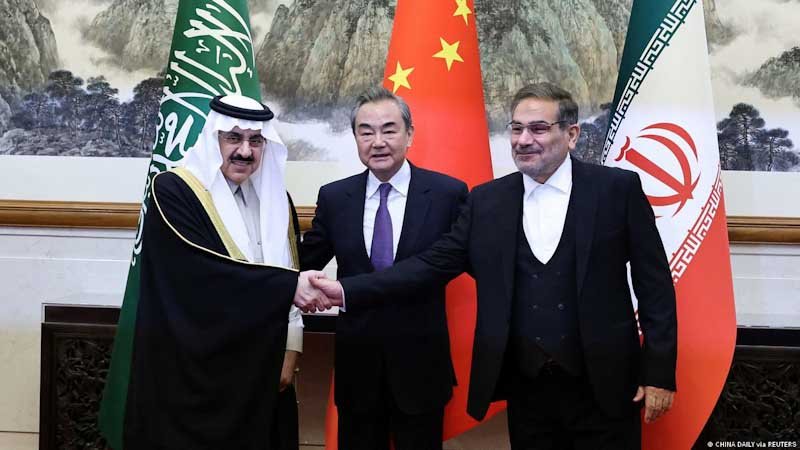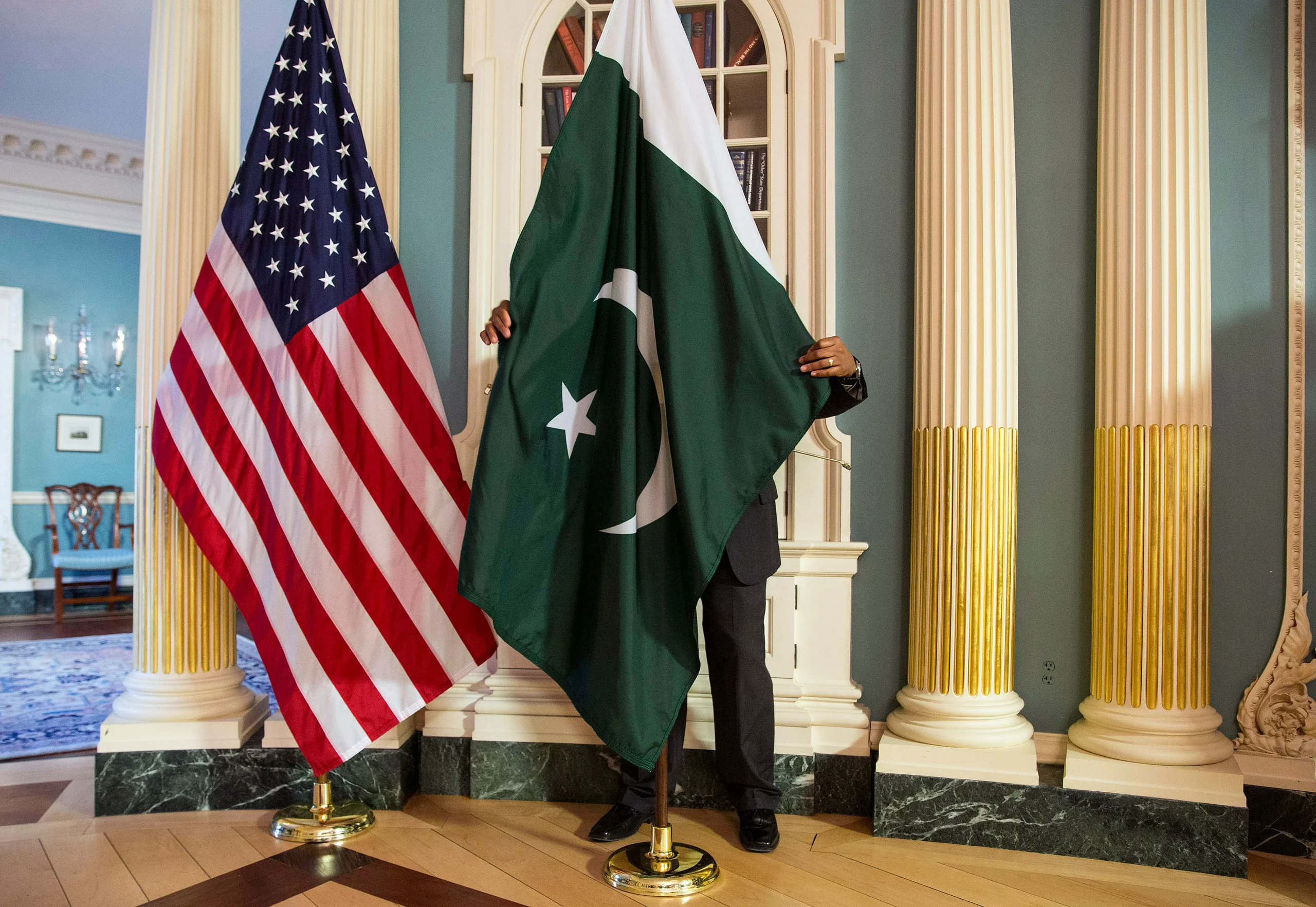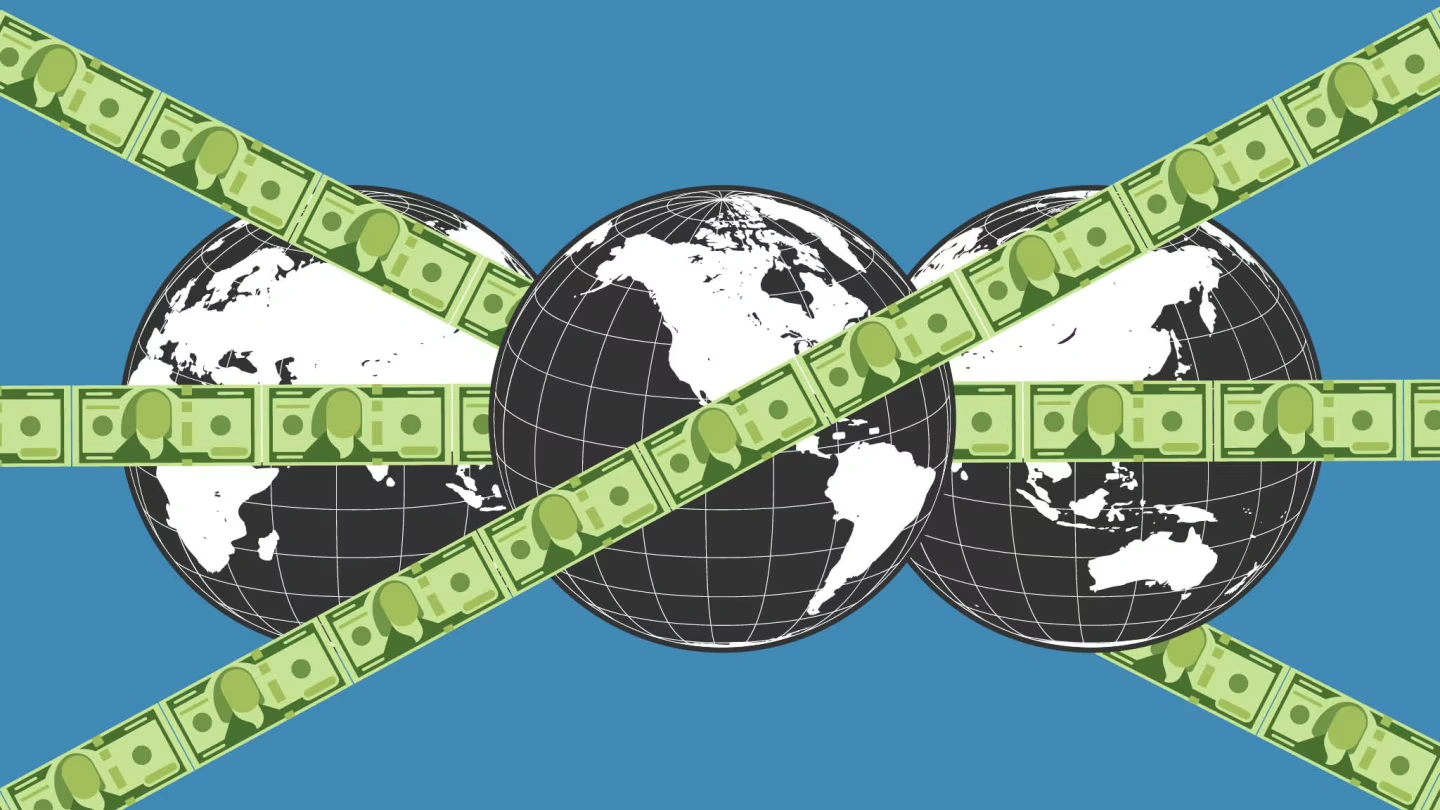In the first-half of 2023, some interesting developments in Pakistan’s western neighborhood again brought the world’s focus to this region. In the post-Cold War era, significant trends are emerging. These include the ceasefire in Yemen and the Saudi-Iran rapprochement facilitated by China. Arab countries are resuming ties with Syria, and both Chinese and Russian influence in the region is growing. These developments are expected to cause further political shifts that may extend beyond the regional sphere.
The world is again on the brink of a major power struggle, with China emerging as a potential contender to the United States due to its rapid economic rise. In response, the United States has been working to impede Chinese developments in political, economic, and military domains. The world witnesses a tussle between the incumbent and rising powers to take the front seat. Washington, in its bid, came up with the Indo-Pacific strategy devising different action plans to impede China’s strides. The main concept behind this strategic framework is to form small groups of like-minded nations and put-up resistance to the Chinese advances. China responded to this strategy with its concept of collective security through Global Security Initiative (GSI). To equate China’s BRI, the United States offered the Indo-Pacific Economic Framework for Prosperity (IPEF). It has been essentially a game of quid-pro-quo between the two.
Saudi-Iran Rapprochement
Above notwithstanding, China surprised the world lately with its diplomatic maneuver when it succeeded in Saudi-Iran rapprochement; a stroke that China played not only successfully but quite discreetly. The two countries, which severed relations in 2016, have now repaired them by resuming diplomatic ties. This rapprochement has opened a new vista for the regional countries to address inter-state political issues via mediation by China. It has added to China’s credibility as a dependable political actor.
China’s adversaries have downplayed this move as a temporary reunion. When President Biden attended the GCC Summit in Saudi Arabia in 2022, he vocally opposed leaving a vacuum for China, Russia, or Iran to fill. However, during the last few months Riyadh has improved relations with China, Russia and subsequently with Iran. Soon after this rapprochement, US Secretary of State Antony Blinken visited the oil-rich Arab kingdom in June 2023. He went to discuss matters of “mutual interest.” It was clear that Blinken had previously remarked on China’s intentions and capabilities. He stated that China aimed to challenge a free, open, secure, and prosperous international order.
China’s Involvement in the Middle East
China’s political ingress into the region is noteworthy. Last year, KSA hosted Chinese President Xi for not only bilateral talks but also China-GCC and China-Arab summits. It worked more penetratingly than expected. China amazed the world when the long-time rivals – Saudi Arabia and Iran — shook hands. This visit was significant for another reason. At the same time, the United States was tightening the noose around Iran regarding the renewal of the nuclear deal.
But Saudi Arabia is not the only country, which exercised this liberty. The United Arab Emirates (UAE), another important country in the region, has maintained good ties with China and improved relations with France. France is upset with Washington over the nuclear submarine deal with Australia under the AUKUS agreement. The UAE has also engaged with Iran, Russia, and India. China’s outreach to the region continues. In June 2023, China hosted Palestinian President Mahmoud Abbas in Beijing. President Xi offered his services for peace talks between Palestine and Israel. He supported the creation of an independent Palestinian state based on 1967 borders with East Jerusalem as its capital. Given China’s diplomatic success in the Saudi-Iran case, there is hope for resolving this age-old issue in the Middle East.
Middle East Shifts: Ties with Russia and China
As soon as the Russia-Ukraine war commenced, the United States pressured certain Gulf countries to take sides clearly in the conflict. Nonetheless, Saudi Arabia and some other regional countries continued their good relations with Russia. In fact, Riyadh has been purchasing Russian oil at cheaper rates and declined the US pressure for increasing its own production. Unshackling off the US dominance is becoming a regional phenomenon. The trade between China and the Middle East between 2000-21 grew from $15.3bn to $284.3bn while with the United States, it saw a modest increase from $63.4bn to $98.4bn. The power of economics has thus emboldened the traditional US allies to reach out to the rising giant of the east.
Also See: China: Leading the Asian Century
Iran Opening Up to New Security Initiatives
In an interesting development on June 3, 2023, Iran announced a proposal for a regional maritime alliance that included Iran, Saudi Arabia, UAE, Qatar, Bahrain, Iraq, Pakistan and India. The purpose for the alliance is to ensure regional security.
Iran has always been averse to any foreign presence in the regional waters in the name of security. Post-1979 Revolution in Iran, the United States formed a Quick Reaction Force to patrol the Persian Gulf which ultimately acted against Iraqi forces in the 1990s. Iran has always objected to such presence. Now that its relations with the regional countries are normalizing and there are signs that the region is flouting the US impediments, Iran considers it the right time to manifest its intention.
During his visit to Iran on June 17, the Saudi Foreign Minister Prince Faisal bin Farhan endorsed the idea by highlighting the importance of cooperation between the two countries, especially maritime security. The regional states can still work on the idea, even though the fate of such an alliance remains unclear. Earlier, Mr. Alireza Enayati, the newly-appointed Iranian envoy to Saudi Arabia, projected the notion of regional stability based on cooperation and development rather than militarization. Iran cautions the region about the forces that tend to foster antagonism among the regional neighbors to sell their arms.
The US’s Indo-Pacific Strategy
The United States on its part is continuing with its efforts to halt China’s progress. Two years back, it articulated Indo-Pacific strategy and formed new regional alliances. The Indo-Pacific region has more than 65% of GDP, while half of the global trade passes through this area.
Given its strategic importance in terms of economy and politics, the idea emerged that the “democracies” in the region share economic and political stakes. Therefore, the Indian and Pacific Oceans should be treated as one large domain, and all should secure freedom of navigation at sea.
In fact, it’s a veiled hint towards declaring China as a common adversary. Alliances such as QUAD, AUKUS and I2U2 came into being as a result of this philosophy. Although military confrontation with China made little progress, the USA, Japan, Australia, and the Philippines formed a new alliance in June 2023. To strengthen the Indo-Pacific philosophy, the United States launched the Indo-Pacific Economic Framework for Prosperity (IPEF) in 2022, adding an economic component. The countries included in this arrangement were Australia, Brunei, Fiji, India, Indonesia, Japan, Republic of Korea, Malaysia, New Zealand, Philippines, Singapore, Thailand and Vietnam.
US-China Tensions: Ideologies vs. Economics
The locus of US agitation against China rests in exploitation of the term democracy. The United States portrays China as an autocratic country that believes in extortion. According to Washington, China brings countries in need under debt and subjugates them economically, which is “immoral.” But the United States also doesn’t have a fair balance sheet when it comes to morality. IThe United States has spent $5-$7 trillion on wars in the Middle East, resulting in the deaths of countless Arabs and Muslims, as well as thousands of US soldiers. Critics frequently blame the United States for its apathy towards human rights violations in Palestine, Kashmir, Iraq, Syria, and Afghanistan. Thus, the US efforts to label China as an autocratic regime are failing and the countries disregarding the type of government are actually eyeing their economic interests with China. Undoubtedly, economics has overridden politics.
It is but natural for Washington to experience frustration against China. Historically, the United States has been impulsive against its perceived power failures and has resorted to armed conflicts capitalizing on its military muscle. With regards to China, it’s not the same equation as was with Vietnam, Afghanistan and Iraq, though it had to ultimately retreat in those cases too. China through adroit economic strategy is forging ahead and creating space for its acceptability and reliability in different regions of the world. The US is coining new strategies to impede China’s progress and luring likeminded nations to join it. However, both friends and foes of China are also entangled in economic strands that China has offered. It is therefore a prospective scenario wherein chances for another man-made calamity as a result of big power tussle may well loom, yet are not very vivid.






